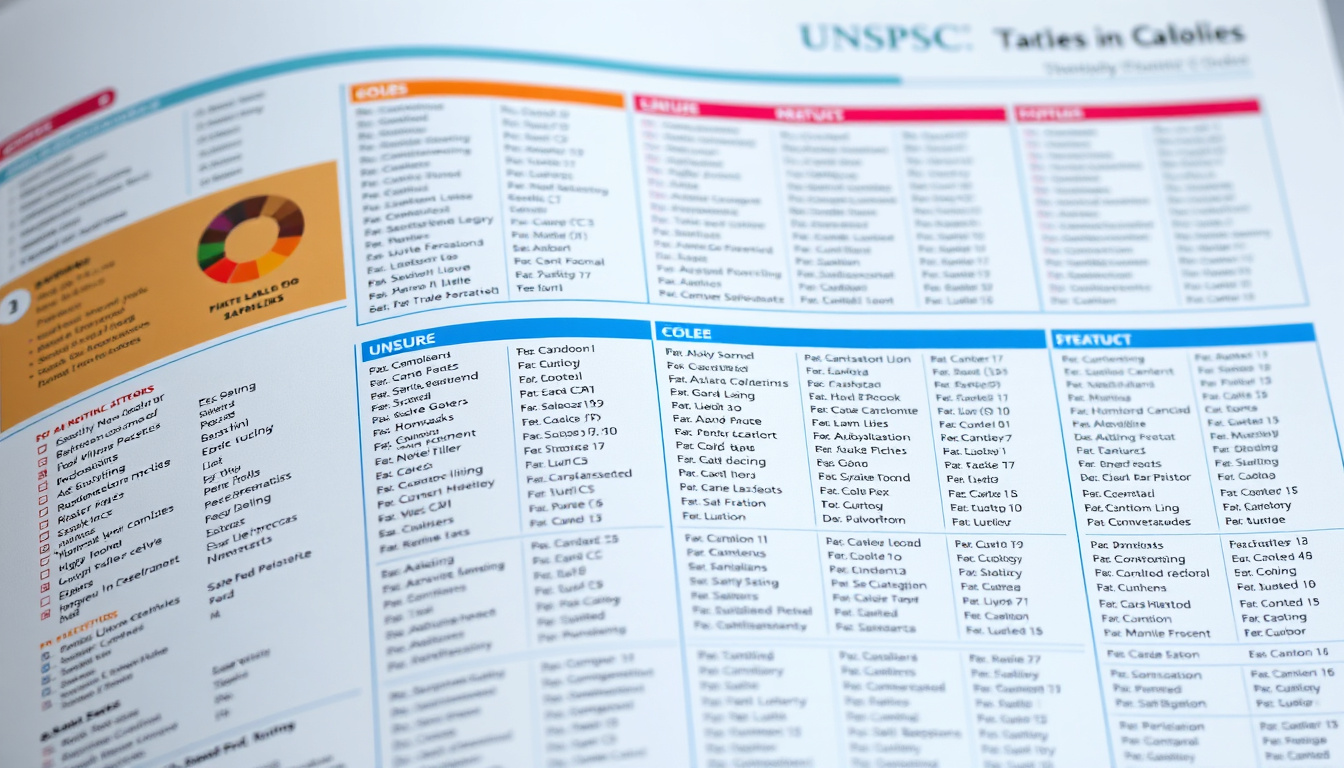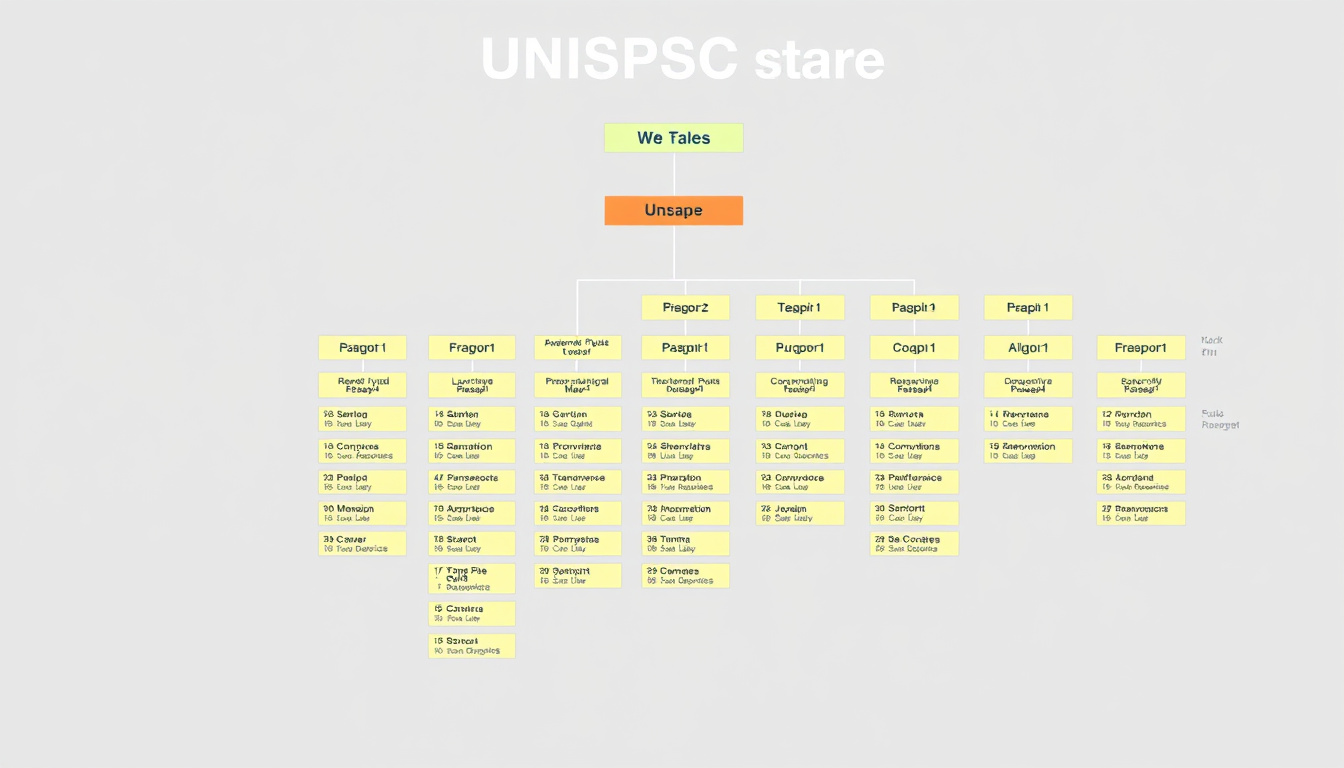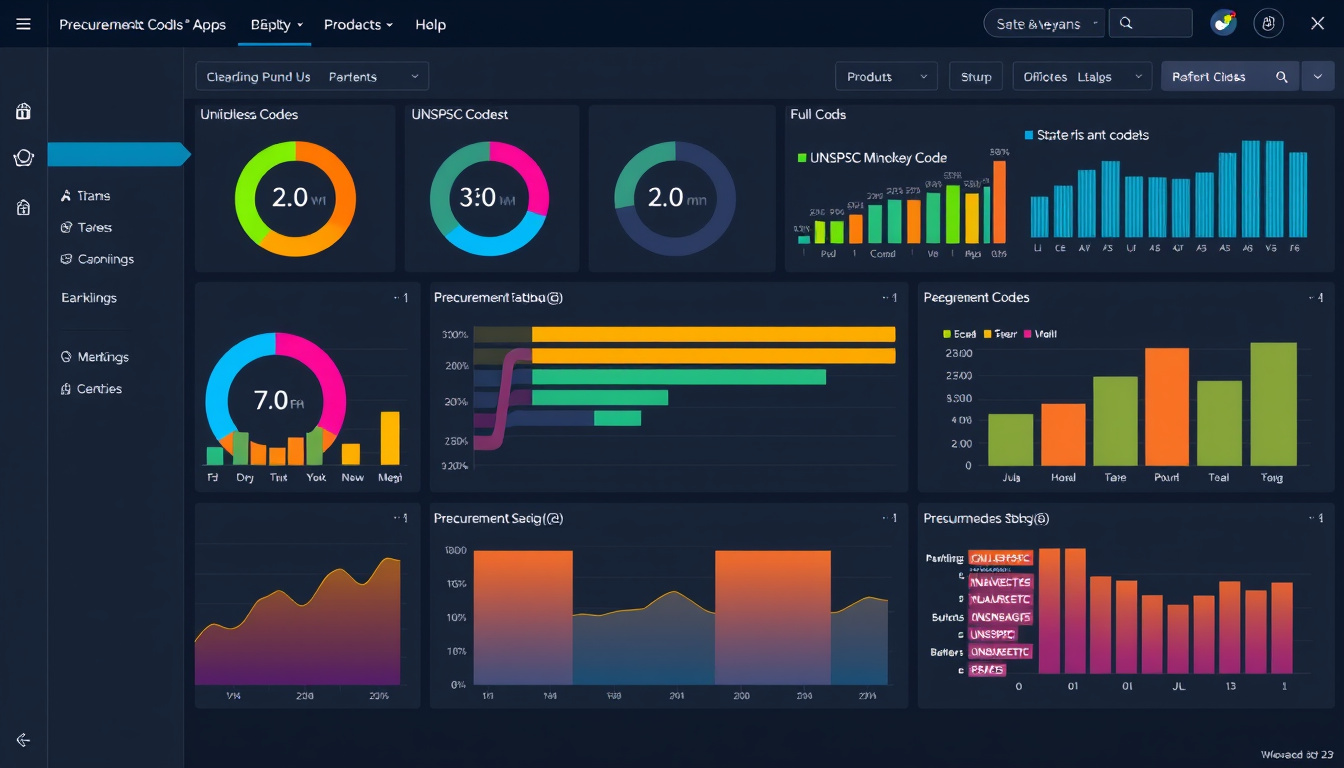In today’s highly interconnected global economy, standardizing procurement terminology and classification is essential for streamlining purchasing processes, enhancing supply chain visibility, and ensuring compliance. The UNSPSC taxonomy plays a pivotal role in this arena by offering a comprehensive, hierarchical system for classifying products and services worldwide. Whether you are a procurement manager, supplier, or software developer, mastering the UNSPSC taxonomy can unlock greater efficiency and accuracy in your transactions.
This ultimate guide dives deep into understanding the UNSPSC taxonomy, its structure, benefits, and practical applications, helping you leverage this critical tool to optimize your procurement and supply chain operations.
What Is the UNSPSC Taxonomy?
The United Nations Standard Products and Services Code (UNSPSC) taxonomy is an open, global classification system designed to categorize all products and services in a standardized manner. It was developed by the United Nations Development Programme (UNDP) and is managed by GS1 US.
The purpose of the UNSPSC taxonomy is to facilitate clear communication and consistency across different sectors, industries, and countries. It uses an eight-digit code broken down into four hierarchical levels:
- Segment (two digits): the broadest classification (e.g. “Electronics”)
- Family (two digits): a subcategory within the segment (e.g. “Communication Equipment”)
- Class (two digits): further specialization within the family (e.g. “Telephones”)
- Commodity (two digits): most specific item or service (e.g. “Mobile Phones”)
This structure enables companies and governments to easily classify goods and services in procurement, inventory management, and e-commerce platforms.
Why Understanding the UNSPSC Taxonomy Matters
The UNSPSC taxonomy is the backbone of many procurement and supply chain systems worldwide. Here are some essential reasons why businesses and organizations invest time in mastering it:
- Standardization across borders: Different countries often use varying classification standards, but UNSPSC serves as a universal language. This global standard decreases misunderstandings and mismatches between buyers and suppliers.
- Improved spend analytics: By classifying expenditures and products with UNSPSC codes, procurement teams can analyze spending patterns, identify cost-saving opportunities, and streamline supplier negotiations more effectively.
- Enhanced e-procurement: Online marketplaces, catalog management, and electronic invoicing systems rely on accurate UNSPSC taxonomy implementation to automate purchasing workflows.
- Regulatory compliance: Many government contracts and tenders require adhering to standardized classification codes like UNSPSC for transparency and audit purposes.
- Simplified data integration: UNSPSC enables seamless integration between disparate ERP, SCM, and procurement software platforms, reducing redundancy and errors.
How UNSPSC Taxonomy Is Structured
The hierarchical nature of the UNSPSC taxonomy allows for both high-level and detailed classification, tailoring it to different procurement needs. Here’s a simplified example illustrating its four levels:
| Level | Code Example | Description |
|---|---|---|
| Segment | 43 | Information Technology |
| Family | 43 15 | Computer Equipment |
| Class | 43 15 01 | Desktop Computers |
| Commodity | 43 15 01 01 | All-in-One Desktop PCs |
Each code level drills deeper, from broad category to a very specific commodity. This flexibility means you can classify products/services at the desired granularity.

Practical Applications of UNSPSC Taxonomy
Procurement and Sourcing
When organizations adopt the UNSPSC taxonomy in their procurement process, they align purchasing data under standardized categories. This improves communication with vendors, simplifies RFQs (Request for Quotations), and helps avoid misinterpretation.
Spend Analysis and Reporting
Organizations can pull more accurate and granular insights when their expenses are tagged with UNSPSC taxonomy codes. This enables identifying redundant product types, optimizing supplier portfolios, and setting better budget controls.
E-Commerce and Catalog Management
Online sellers and marketplaces leverage UNSPSC codes to categorize thousands of products, making search and browsing easier for buyers. Moreover, it drives consistency in product listings for multiple sellers on the same platform.
Regulatory Filing and Compliance
Governments and agencies frequently require UNSPSC codes in procurement documentation to ensure transparency and comparability across bids and awarded contracts.
Tools to Effortlessly Use UNSPSC Taxonomy
While manually navigating UNSPSC taxonomy can be complex, various tools simplify the process dramatically. One such resource is Classifast.com, which offers instant classification and category search for UNSPSC codes and other standards like NAICS, ISIC, ETIM, and HS.
By inputting a simple product or service description, users receive accurate UNSPSC taxonomy codes within seconds. This instant classifier not only saves time but also ensures your procurement data maintains industry best practices in classification standards.
Tips for Mastering the UNSPSC Taxonomy
- Start with Common Categories: Familiarize yourself with the frequently used segments and families relevant to your industry.
- Use Automated Tools: Utilize platforms like Classifast.com to quickly get reliable UNSPSC codes without learning the entire taxonomy manually.
- Stay Updated: UNSPSC taxonomy updates periodically. Subscribe to official releases or newsletters to keep your systems current.
- Collaborate Internally: Ensure procurement, finance, and IT teams align on UNSPSC usage to maximize data coherence.
- Train Your Staff: Provide learning resources and workshops to boost understanding and minimize misclassification.
FAQs: Understanding UNSPSC Taxonomy Variations
Q1: What is the difference between UNSPSC taxonomy and NAICS codes?
A: UNSPSC taxonomy focuses on classifying products and services for procurement and supply categories, while NAICS (North American Industry Classification System) codes classify businesses based on industry sectors. NAICS is often used for economic data and reporting, while UNSPSC is more procurement/business-transaction oriented.
Q2: Can I use UNSPSC taxonomy for all types of products and services?
A: Yes. The UNSPSC taxonomy covers all products and services from office supplies to construction equipment, making it suitable for virtually any procurement category globally.
Q3: How often is the UNSPSC taxonomy updated?
A: The UNSPSC taxonomy is typically updated biannually to reflect new products, retire obsolete codes, and improve clarity based on market shifts and user feedback (source).
Final Thoughts: Take Control with UNSPSC Taxonomy
Mastering the UNSPSC taxonomy is an invaluable asset for any entity involved in global procurement, supply chain management, or e-commerce. By adopting this universal classification system, you not only streamline purchasing and reporting processes but also position your organization for greater data accuracy and operational agility.
For practical and fast application, tools like Classifast.com offer an exceptional way to get accurate UNSPSC codes from any product or service description instantly, eliminating classification guesswork and boosting productivity. Start leveraging the power of UNSPSC taxonomy today to enhance your procurement strategy and secure seamless global trade.
Ready to master global procurement codes with ease? Visit Classifast.com now and discover how effortless UNSPSC taxonomy classification can unlock your business potential.












